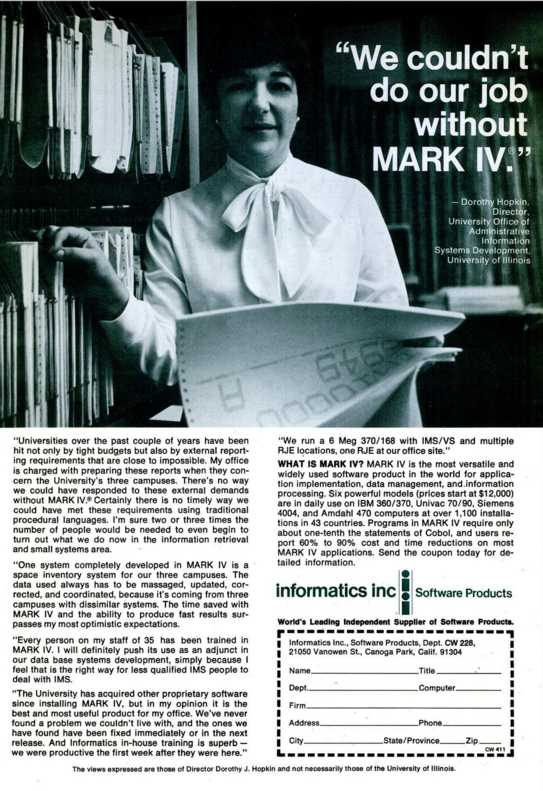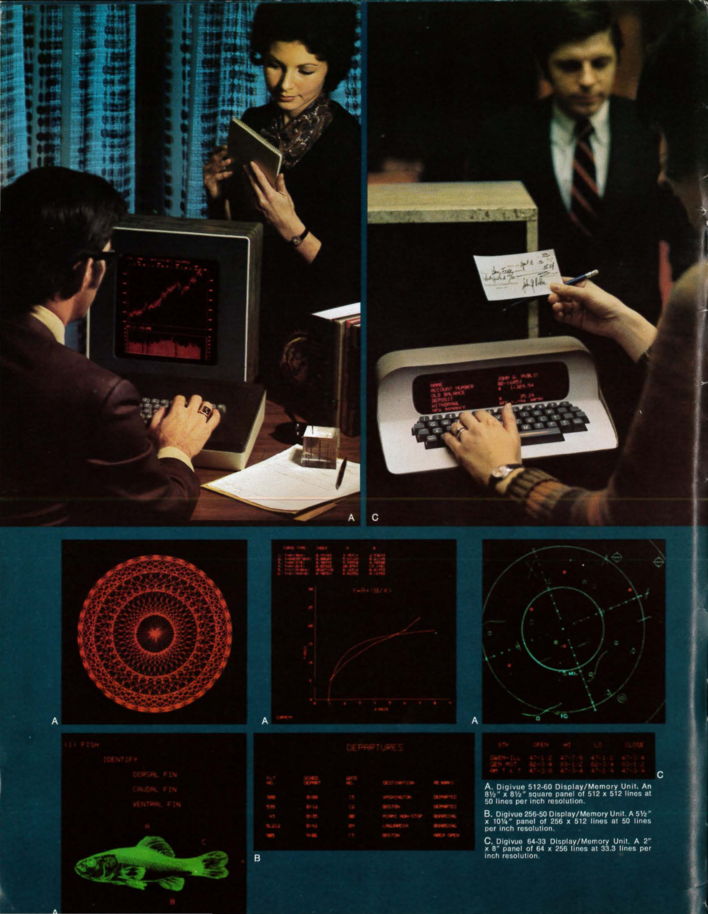RFC-305
by Darius Kazemi, November 1 2019
In 2019 I'm reading one RFC a day in chronological order starting from the very first one. More on this project here. There is a table of contents for all my RFC posts.
Ghost hosts
RFC-305 is titled “Unknown Host Numbers”. It's authored by Ralph Alter of BBN and dated February 23, 1972.
The technical content
This is a note from BBN to the ARPANET community letting them know that if they see a request for connection from a host number that they don't recognize, it is probably from a new IMP that is being tested at BBN before being shipped to its host site. Also, sometimes IMPs or TIPs will be tested using temporary host numbers.
In all cases, sites should never update their host tables unless they get an official notice from BBN via RFC or an update to BBN Report No. 1822.
Analysis
For those of you who care about host tables and modern DNS and all that kind of stuff... at this point in the ARPANET each site kept their own manually updated host table! This would eventually morph into a master host table kept by the NIC, which would after many years become something more like our modern DNS system.
How to follow this blog
You can subscribe to this blog's RSS feed or if you're on a federated ActivityPub social network like Mastodon or Pleroma you can search for the user “@365-rfcs@write.as” and follow it there.
About me
I'm Darius Kazemi. I'm an independent technologist and artist. I do a lot of work on the decentralized web with ActivityPub, including a Node.js reference implementation, an RSS-to-ActivityPub converter, and a fork of Mastodon, called Hometown. You can support my work via my Patreon.

